Direct acting, normally closed Solenoid Valve
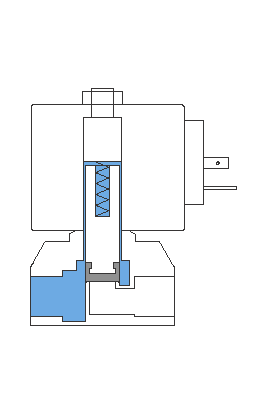
Contents
Main features
- The sealing element is directly connected to the core
- This type of valves does not need any differential pressure to open.
- The maximum pressure difference across the valve is limited by the magnetic force of the used coil and the seat diameter.
- This valve is commonly used for low flow volumes.
Solenoid valve is closed.
- The coil is de-energized and the sealing element is pressed on the seat by the force of the spring and the medium.
Solenoid valve opens.
- The coil is energized and the magnetic force lifts the core with the sealing element from the seat.
Solenoid valve closes.
- The coil is de-energized and the sealing element is pressed on the seat by the force of the spring and the medium.
Safety solenoid valves with manual reset, normally open (NO)
Main features
- The closing function is electrically activated by one or more gas detectors, safety thermostat, gas alarm systems
or another control device. - This valve is used for emergency closing of the gas pipeline acc. to EN 161 requirements.
Solenoid valve is open.
- The valve remains open until the closing function is initiated by energizing the coil.
Solenoid valve closes.
- The valve closes when electric current circulates on the coil. The electric current is provided by the control device
(e.g. capacitor of the gas detector). - The closing force is provided by the coil and the internal spring.
Solenoid valve opens.
- The valve can be opened only manually by moving the reset rod once the electrical current from the control device (sensor, gas detector, etc.) is disconnected.
- This occurs, when the reason for activation of the control device is removed (e.g. gas presence is eliminated).
Diaphragm pilot operated solenoid valves with differential pressure normally closed (NC)
Main features
- The valve is sealed by the diaphragm.
- It utilizes the energy of the streaming fluid to open and close.
- This type of valves need for opening and closing minimal differential pressure know as “minimum working pressure”. This pressure varies from 0.1 to 1 bar, depending on the dimension of the valve.
- Same size of coil can be used for operation of valves with different dimensions, because the diameter of the pilot seat remains the same for different dimensions of valves
- The flow direction for the valve is given.
Solenoid valve is closed.
- The coil is de-energized and the core with the sealing element is pressed on the pilot seat with the force of internal spring supported by up-stream pressure.
- Up-stream pressure (higher then down-stream pressure) above the diaphragm presses it on the seat.
- Specific pressure difference known as “minimum working pressure” is needed to keep the valve tight.
Solenoid valve opens.
- The coil is energized
- The core with the sealing element is lifted from the pilot seat.
- The fluid from the upper part of diaphragm flows to the outlet trough the pilot seat and the pressure above the diaphragm equalizes with down-stream pressure on the outlet.
- This pressure ratio remains stable because less fluid can flow through the bleed orifice as can escape through the pilot seat.
- The opening force caused by the pressure difference between the upper and lower part of diaphragm lifts the diaphragm from the valve seat and keeps it open.
Solenoid valve is open.
- The valve remains open as long as the coil is energized and the differential pressure is higher then the minimum value. This value is known as “minimum working pressure” and you can find it in our datasheets.
Solenoid valve closes
- The coil is de-energized
- The core with the sealing element is pressed on the pilot seat by the spring.
- Up-stream pressure builds up on the upper part of diaphragm through the bleed orifice.
- Up-stream pressure forces the diaphragm against the seat and closes the valve.
Diaphragm solenoid valves with forced lifting Example without differential pressure normally closed (NC)
Main features
- The valve is sealed by the diaphragm.
- It utilizes the energy of streaming fluid to open and close.
- These valves combine features of direct acting and pilot operated valves.
- No differential pressure is needed to operate the valve
- Same size of coil can be used for the operation of valves with different dimensions, because the diameter of pilot seat remains the same for different dimensions of valves
- The flow direction is given for the valve.
Solenoid valve is closed.
- The coil is de-energized and the core with the sealing element is pressed on the pilot seat with the force of internal spring supported by up-stream pressure.
- Up-stream pressure (higher then down-stream pressure) above the diaphragm presses it on the seat.
- In case of small or none differential pressure, the valve can be kept closed only by the force of spring.
The solenoid valves opens.
- The coil is energized
- The core with the sealing element is lifted from the pilot seat.
- The fluid from the upper part of diaphragm flows to the outlet trough the pilot seat and the pressure above the diaphragm equalizes with down-stream pressure on the outlet.
- This pressure ratio remains stable because less fluid can flow through the bleed orifice as can escape through the pilot seat.
- The opening force caused by the pressure difference between the upper and lower part of diaphragm lifts the diaphragm from the valve seat and keeps it open.
- In case of small or none differential pressure. the valve is opened by the magnetic force, which lifts the core connected to the diaphragm by the mechanical coupling and opens the valve.
The solenoid valve closes
- The coil is de-energized
- The core with the sealing element is pressed on the pilot seat by the spring.
- Up-stream pressure builds up on the upper part of diaphragm through the bleed orifice.
- Up-stream pressure forces the diaphragm against the seat and closes the valve
- In case of small or none differential pressure the valve can be kept closed only by the force of the spring.
Switching function
Normally closed (NC)
The valves with this switching function open when the coil is energized. The pilot operated valves can be operated only if the pressure difference between the up-stream and the down-stream pressure of the solenoid valve reaches the minimum operating pressure. This minimum operating pressure is indicated in our datasheets.
Normally opened (NO)
The valves with this switching function close when the coil is energized. The pilot operated valves can be operated only if the pressure difference between the up-stream and the down-stream pressure of the solenoid valve reaches the minimum operating pressure. This minimum operating pressure is indicated in our datasheets.
Article Source : peveko.cz
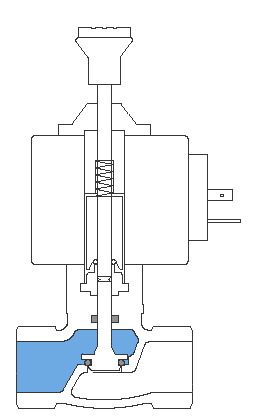
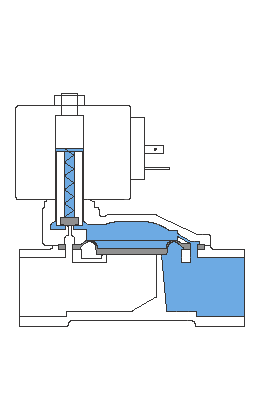

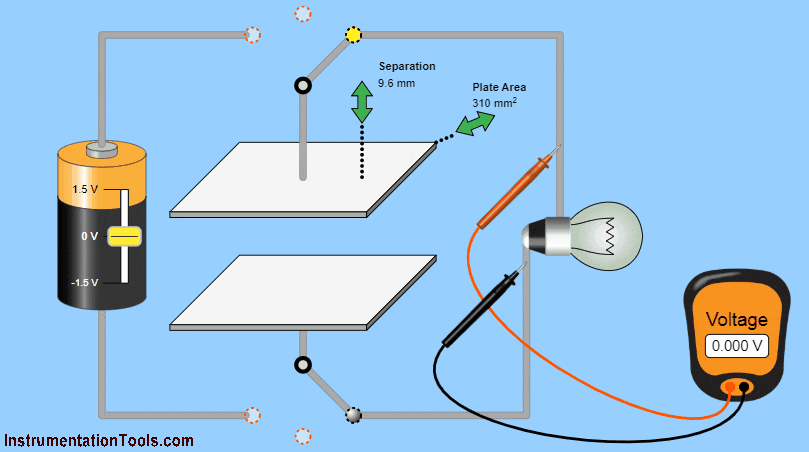
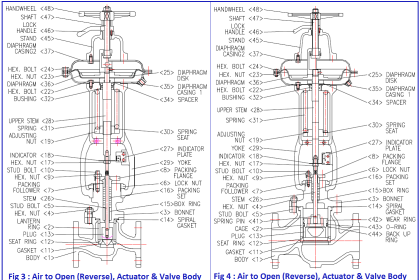
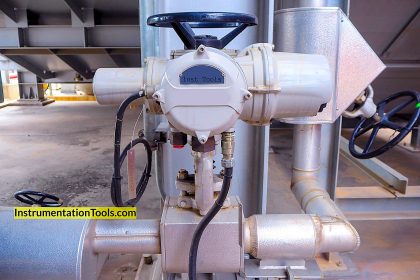
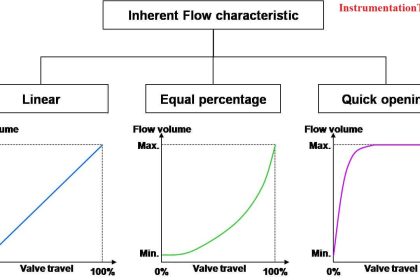
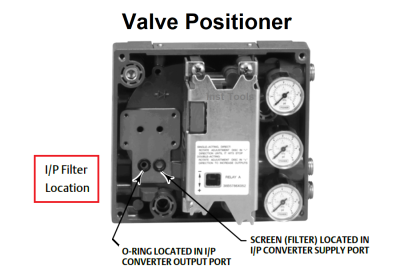
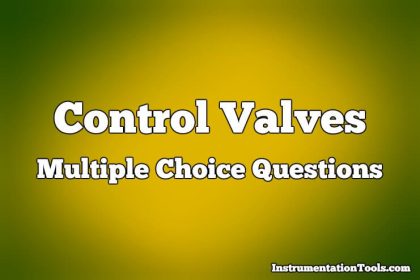
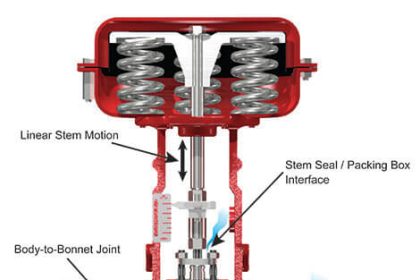
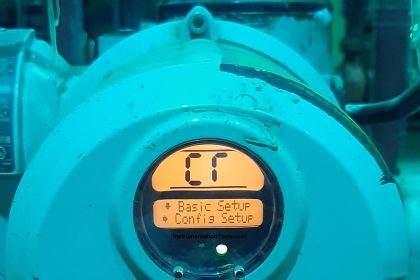
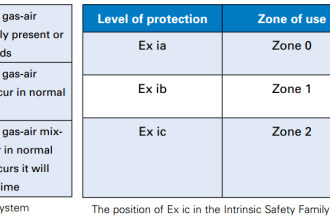
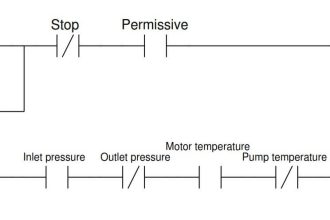
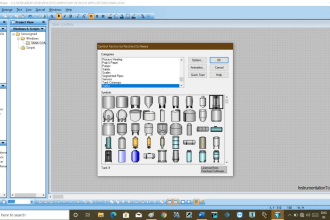
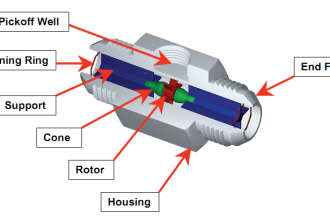

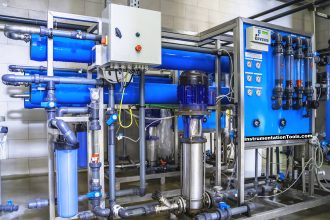

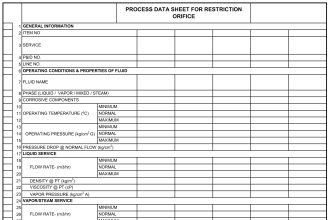

what type of solenoid this one, phneumatic of elerctrical group
hi thanks i have a question
which university you graduate? you have excellent information aboat automation and instrument.
You can check the About Page and Linkedin Profile from the top menu. I feel everything depeds on us. Thanks
Good work sir. But sir can we have pdf of your work.
Hi, I am facing problem with providing pdf option, some coding issue. Hope it will be solved soon. Thanks
Please post animation of 5/2 SOV working
Am trying to see how can i float in instrumentation training as my nest of specialty
What do you mean by I/S conversion ?